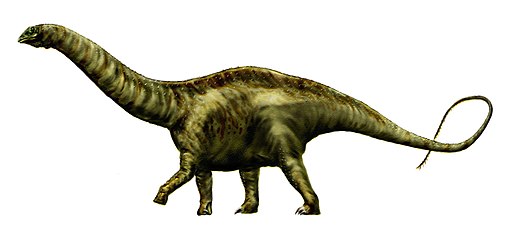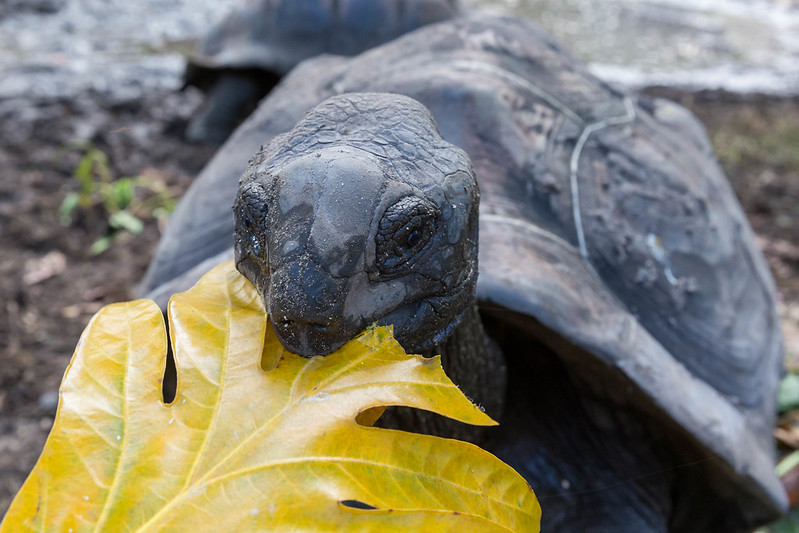No matter what anyone says “three-horns” can play with “long-necks.”
This is just one of the many lessons I learned about friendship from The Land Before Time series, as a young child. The exciting adventures of five young dinosaurs: Littlefoot, Cera, Petrie, Ducky, and Spike were my first glimpse into dinosaur life. Over 20 years later, I cannot deny my view of dinosaur appearance and biology is still somewhat shaped by the animated renditions of long-necks and three-horns I saw as a child. It made it even more shocking to learn that my dear childhood friend, Littlefoot, probably had a beak.

In the movies, Littlefoot was considered a “long-neck” which referred to dinosaurs with abnormally long necks. Scientists refer to this group of long necked dinosaurs as sauropods. Sauropods include species such as the Apatosaurus and Brachiosaurus. With their long necks and tails, sauropods are thought to be some of the largest creatures to ever roam the planet. Despite their abnormally large size, sauropods were herbivores; devouring ferns, conifers, and other prehistoric plants. These dinosaurs roamed the planet for over 100 million years making them one of the longest living and most successful groups of dinosaurs. Although sauropod remains have been found on every continent and they are among the most well-studied, one part of sauropod anatomy has always baffled scientists: their teeth. Fossilized sauropod teeth are often found arranged in rows without any bones holding them together. This suggests they were originally held together by some other non-bone alternative. Furthermore, recreations of sauropod heads using a lizard-like mouth left the roots of the teeth exposed and meant the teeth would be prone to falling out, which is not conducive to the 100,000 calorie a day diet a sauropod would need to maintain its large size. Together, these observations suggested that something was missing in scientists’ reconstructed models, but what?
The idea that Sauropods had beak-like mouths was first speculated in a study by scientists at the University of Bonn in Germany in 2017 after looking at two skulls belonging to the subset of sauropods called Camarasaurus. Scientists have now examined a total of seven sets of teeth from multiple sauropod species to confirm this group of dinosaurs likely had beak-like structures to protect their teeth and hold them in place, while chomping on plant matter. Evidence that sauropods had a beak comes from the observation that their teeth were only worn down halfway. Given how much sauropods used their teeth each day to eat, you would expect that if the teeth were connected directly to the jaw bone, with nothing to protect them, the teeth would be worn down much further. Therefore, scientists think the bottom half of the tooth must have been protected from erosion during mealtime by some other tissue, likely a beak.

Sauropod beaks were probably made of keratin, the substance that makes up human hair and nails, as well as modern-day bird beaks. Though made of the same material, we are forced to use our imaginations to determine what sauropod beaks actually looked like because no known animals roaming the earth today have both a beak and teeth. The closest comparison we can likely make is to imagine a very large turtle head with teeth, but without the resurgence of sauropods in the animal kingdom, the appearance of these magnificent creatures and their beaks will remain largely up to artistic interpretation.
Our knowledge of dinosaur appearance, diet, and behavior are constantly evolving as technology advances and the number of dinosaur fossils available to study increases. I, and many others, are forced to modify our childhood ideals of dinosaur life again and again. Although I will never be able to look at my beloved dinosaur friends the same way again, one thing will always remain true; “three-horns” can play with “long-necks.
Peer edited by Emma Hinkle.